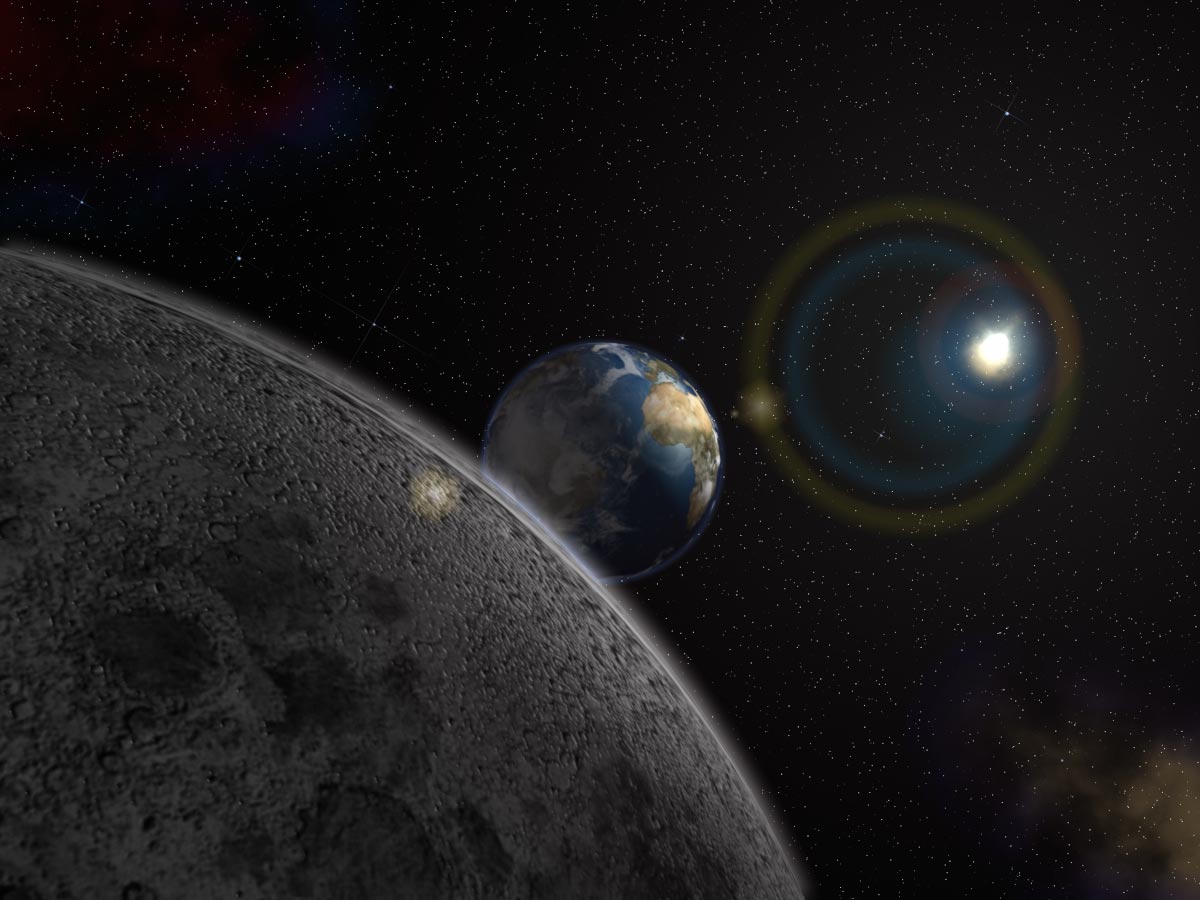Humans are the only species fortunate enough to have an existential crisis, which is the anxiety that occurs when reflecting upon one’s own extinction. Most animals simply go extinct without notice. What is ironic is that people, who are terrified of death, are responsible for what has been dubbed “the sixth mass extinction.”
Hawaii has been labeled as the “extinction capital of the world.” Although the tiny islands are home to exotic life both on the land and in the sea, Hawaii is also home to approximately 25 percent of the endangered species in the United States. In addition, more than half of the islands’ 140 species of birds have vanished. For these reasons, Hawaii is an ideal place to study the rapid extinction rates that are transpiring across the globe.(1)
Hawaii: a home for the dead
It’s no secret among biologist that human activity is a major contributor to the sixth mass extinction. What is a secret is the actual level of catastrophic loss. Until recently, scientists had not adequately incorporated the extinction rates of invertebrates, such as snails, spiders and worms, into their calculations. The bulk of the species on Hawaii and around the world are invertebrates. To address this problem, a team of international research scientists recently published a study in the journal Conservation Biology that rigorously analyzed the extinction of invertebrates on Hawaii.(2)
Extinction is a natural part of life. Approximately 99 percent of the Earth’s species have gone extinct. By contrast, mass extinctions are rare events. They occur whenever some sort of debacle, either at the hands of one culprit or many, causes the extinction of a large number of species within a relatively short period of time. Scientists have uncovered evidence that at least five major mass extinction events have plagued the planet. The most famous of these occurred 65 million years ago, after an asteroid or comet struck the cost of the Yucatan peninsula. In addition to killing the dinosaurs, the event laid waste to approximately 70 percent of all life on Earth.(3)
The researchers focused on Hawaii’s most prevalent snail, the Amastridae family, which consists of 325 different species that are found only on the islands. Remarkably, the researchers found only 15 of the 325 species of snail alive on the islands. Research models suggest that the extinction rate may have been 14 percent of the amastrid fauna per decade.(4)
Extinction rates higher than previously believed
A companion study published in the Proceedings of the National Academy of Sciences sought to address the extinction rates of invertebrates at a global level using research conducted on the Amastridae snail family in Hawaii. Since 99 percent of the planet’s species are invertebrates, the researchers concluded that an estimated 130,000 known recent species, or 7 percent, have gone extinct.
This number is much larger than the number of extinct species reported by the International Union for the Conservation of Nature’s (IUCN) “Red List.” A mere 800 of the 1.9 million known species were recorded as officially extinct by the list. The results of the PNAS study suggest that up to 130,000 species have gone extinct. The sixth mass extinction is no longer a hypothetical conjecture, but a plague that is currently scourging the Earth.(5)
Human activity is the likely culprit behind the sixth mass extinction. Deforestation, overhunting and overfishing, greenhouse gases and even radiation leaking from the Fukushima Daiichi power plant bear some responsibility for the sudden rise of extinct species. Unlike previous mass extinctions, however, the sixth mass extinction is a product of the folly of man rather than the forces of nature.
Sources include:
(1) http://timesofindia.indiatimes.com
(2) http://onlinelibrary.wiley.com
(3) http://www.washingtonpost.com


